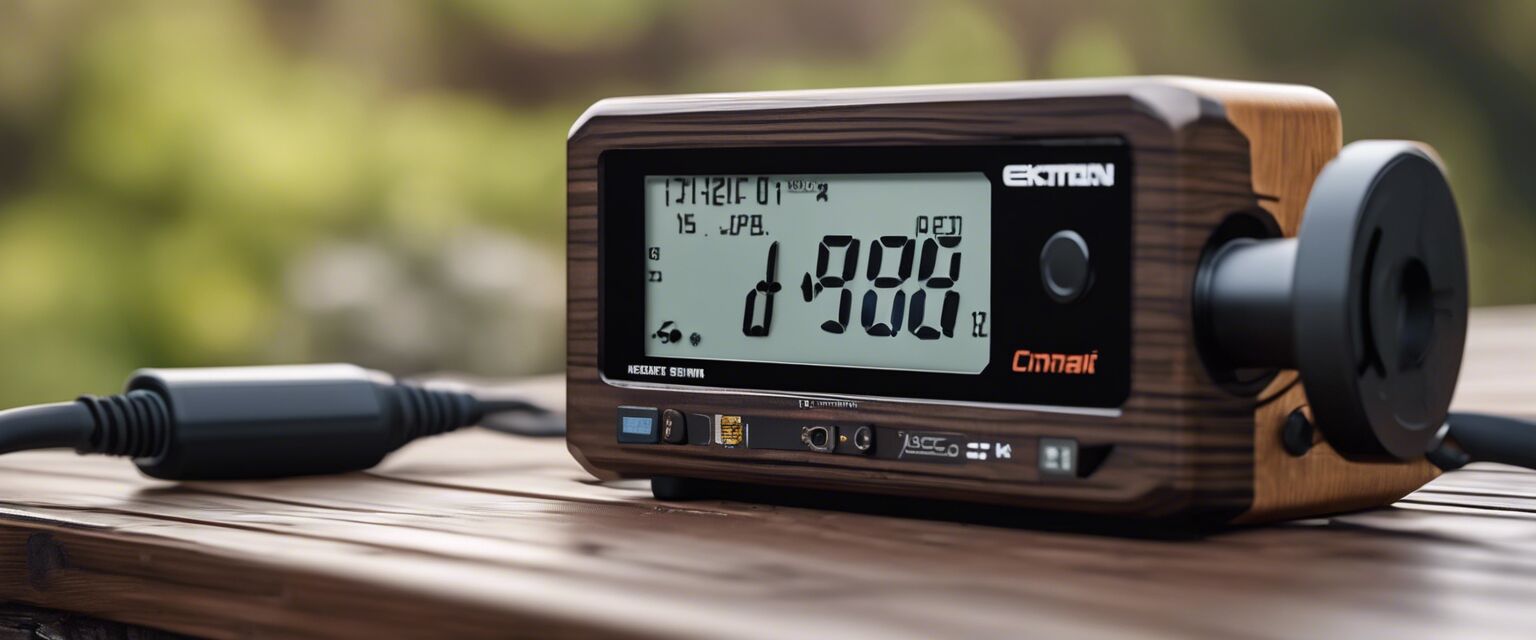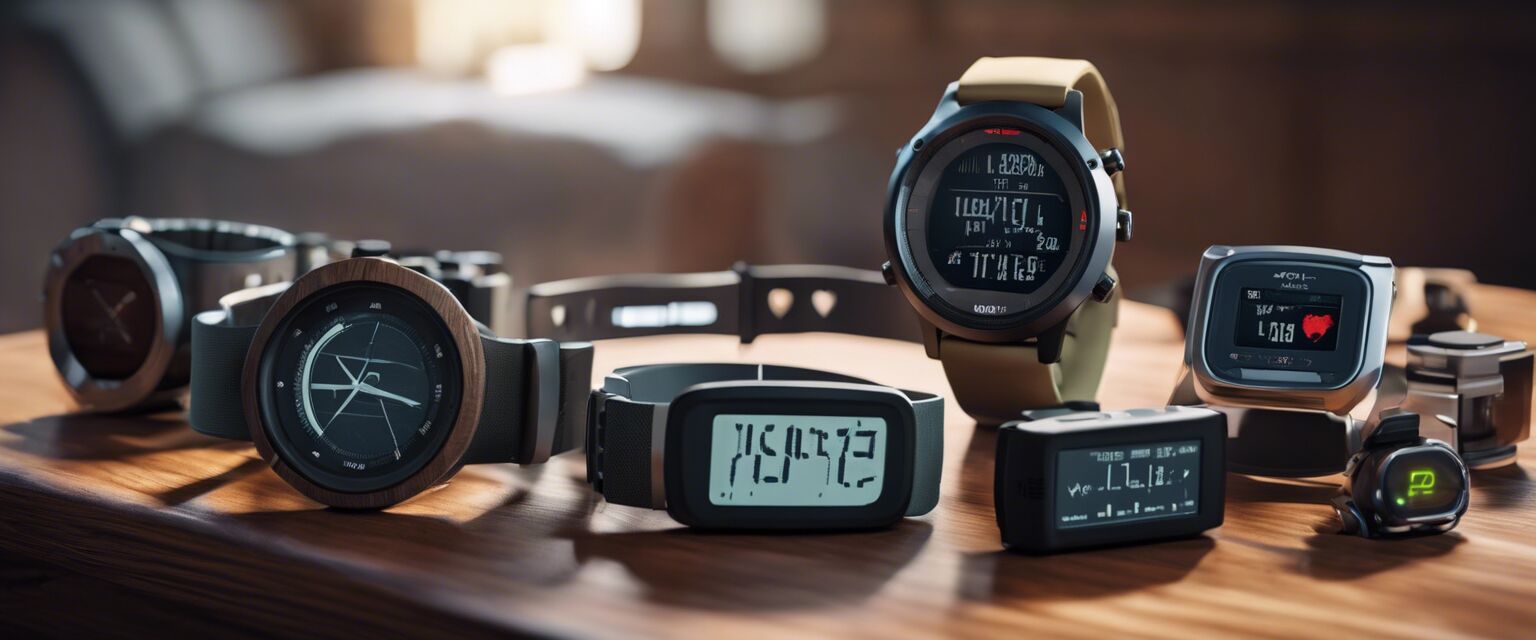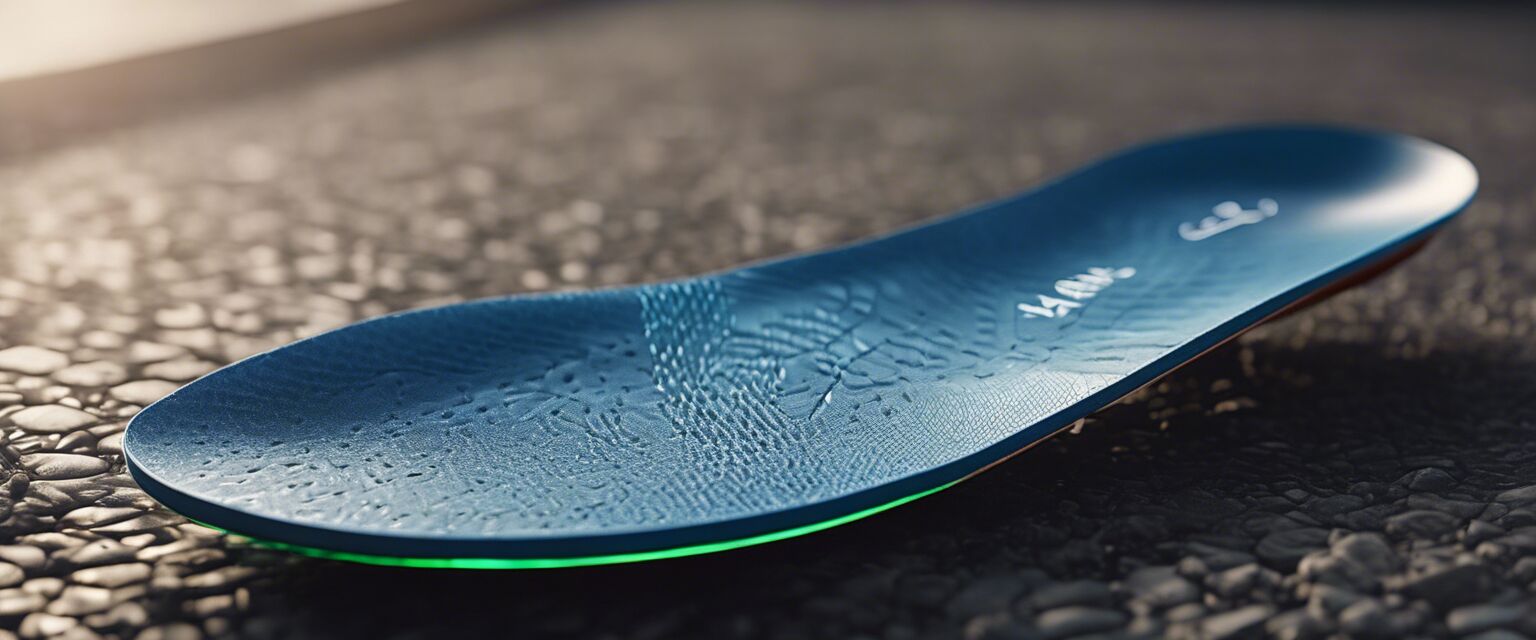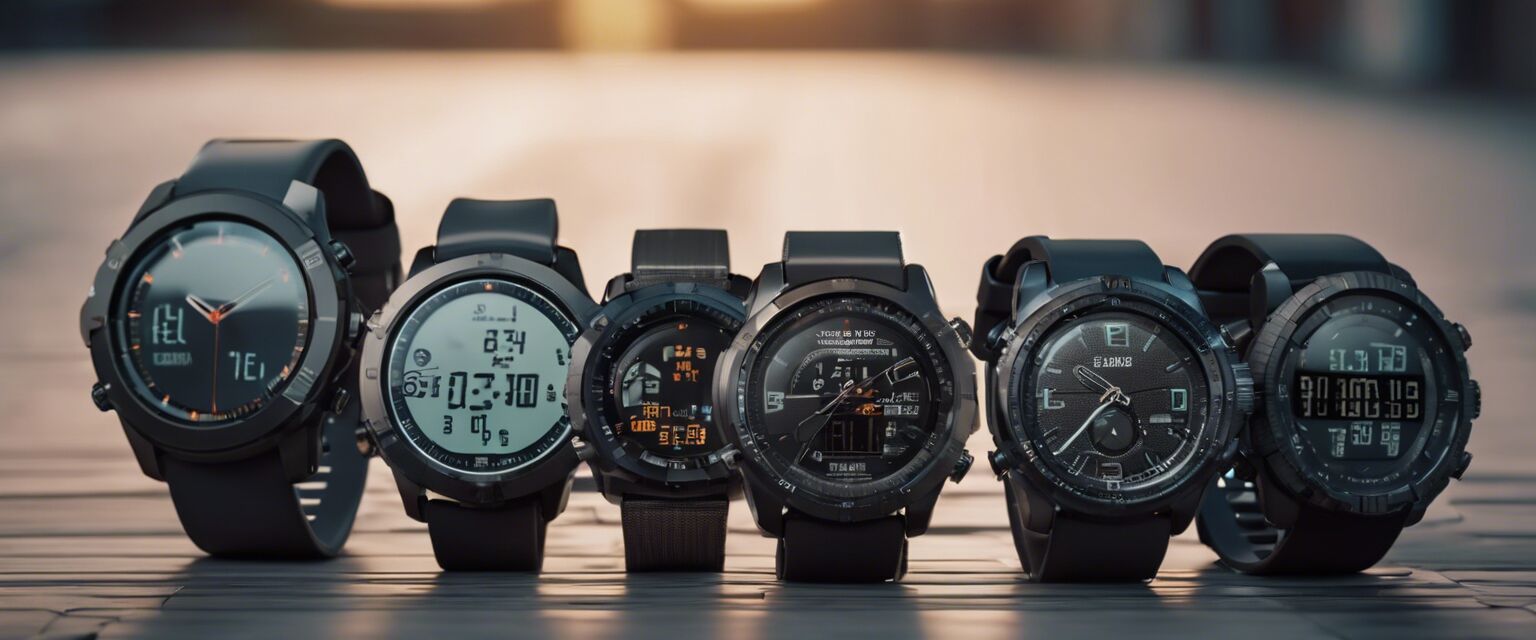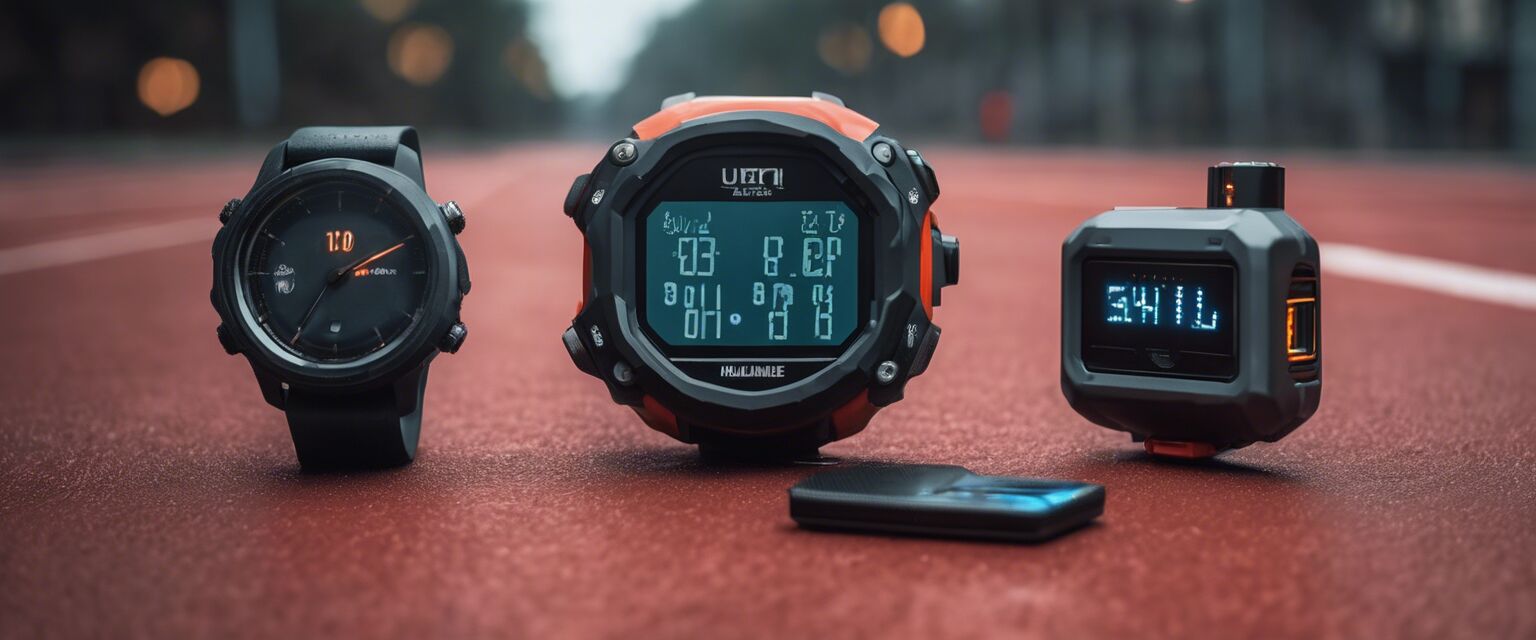
Running Lights & Reflectors
Key Takeaways
- Importance of visibility for safety during low-light runs.
- Different types of running lights and reflectors available.
- Tips for choosing the right lighting gear for your needs.
- Innovations in running technology that enhance safety.
- Review and comparison of popular products in this category.
Running in low-light conditions presents challenges that every runner should address. Ensuring you have the right lighting gear and reflectors is not only about comfort but also enhances your safety. This article delves into the world of running lights and reflectors, providing insights, reviews, and tips to help you make an informed choice.
Why Are Running Lights & Reflectors Important?
Visibility is key when running in dimly lit environments. Running lights and reflectors serve to make you more noticeable to motorists and other pedestrians. Here are some compelling reasons to consider using them:
- Increased Safety: Reflectors and lights ensure that you are seen in low visibility conditions.
- Enhanced Confidence: When you know you are visible, you can run with more confidence.
- Comfort: Quality lights can enhance your running experience by illuminating your path.
Types of Running Lights
There are several types of running lights available in the market, each serving different purposes. Below is a comparison of the most common types:
| Type | Description | Best Use Case |
|---|---|---|
| Headlamps | Worn on the head, provides hands-free illumination. | Running on trails or uneven surfaces. |
| Clip-on Lights | Attach to clothing or gear for targeted visibility. | Short runs and visibility for passing vehicles. |
| Wearable Lights | Integrated into vests, belts, or armbands. | Running in urban settings for maximum visibility. |
| Reflective Gear | Clothing or accessories with reflective properties. | General running regardless of lighting conditions. |
Choosing the Right Running Lights and Reflectors
Here are some essential tips to consider when selecting your running lights and reflectors:
Tips for Beginners
- Consider the duration of your runs and choose a light with appropriate battery life.
- Ensure the light is water-resistant for those unexpected weather changes.
- Test different types of lights to see which one feels most comfortable for you.
Innovations in Running Lighting Technology
The world of running technology is ever-evolving. Here are some innovations that have significantly improved running lights and reflectors:
- Smart Lights: Some lights now come with sensors that adjust brightness based on surrounding light conditions.
- Durability: Enhanced materials have made lights more resistant to impacts and the elements.
- Multi-functionality: Many modern lights also serve as emergency signals or can blink for added visibility.
Popular Running Lights and Reflectors
While we won't recommend specific products, it's essential to understand the types that are available. Below is a brief overview of what options you'll find:
| Category | Features | Price Range |
|---|---|---|
| Headlamps | Adjustable brightness, rechargeable battery, lightweight | $20 - $60 |
| Clip-on Lights | Multi-color options, lightweight, various mounting options | $10 - $30 |
| Wearable Lights | Integrated LED lights, reflective materials | $15 - $45 |
| Reflective Gear | Diverse styles, high visibility, moisture-wicking | $25 - $100 |
Conclusion
In summary, equipping yourself with the right running lights and reflectors is crucial for safe running in low-light conditions. By understanding the different types available and choosing features that suit your running style, you can enhance your visibility and confidence during your runs.
Pros
- Improved safety for running in low-light conditions.
- Variety of options to suit different running styles.
- Affordable prices for basic models.
Cons
- Quality can vary greatly between brands.
- Uncomfortable fit for some wearable options.
Additional Resources
If you're looking to expand your knowledge on running safety and gear, check out the following pages:
